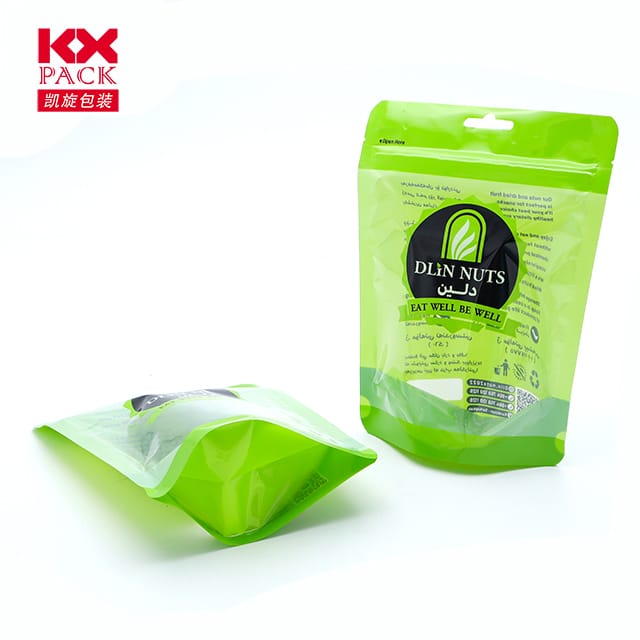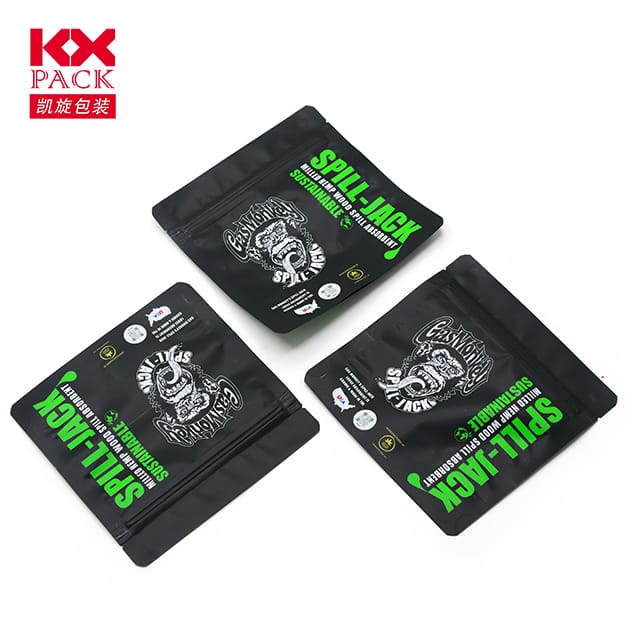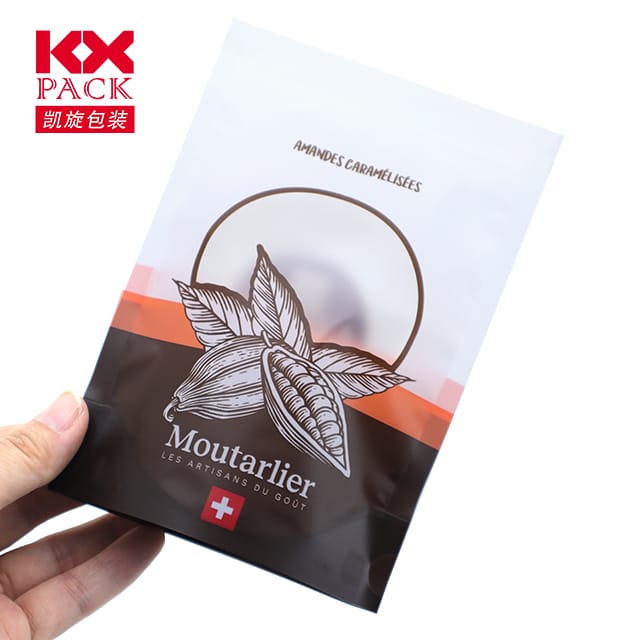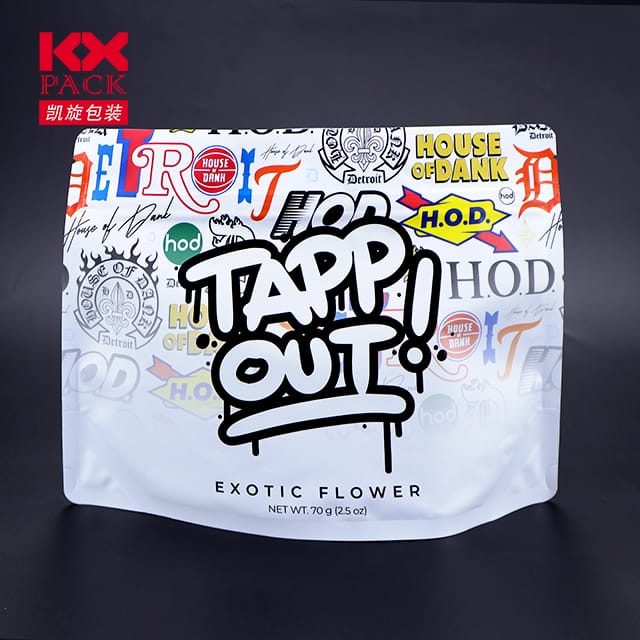印刷包装膜: The Visual Revolution Redefining Product Appeal in 2025
印刷包装膜
In the crowded aisles of modern retail, where consumers make split-second purchasing decisions, the role of packaging has evolved from mere protection to a strategic branding tool. 在推动这种转变的创新中, 印刷包装膜 stands out as a game-changer, blending functionality with visual storytelling to create memorable consumer experiences.
Why Printed Packaging Film? The Branding Imperative
印刷包装膜 are no longer just about wrapping products—they are dynamic canvases for brand identity. Unlike transparent films, which rely on external labels, printed films integrate logos, color schemes, nutritional data, and even augmented reality (ar) triggers directly into the packaging. This seamless integration ensures:
- Instant Recognition: Bold graphics and consistent branding across product lines enhance shelf visibility. 例如, a snack brand using high-resolution digital printing on its multi-layer film can display vibrant product images and QR codes linking to recipe videos.
- 监管合规性: Critical information like ingredients, usage instructions, and safety warnings are permanently embedded, reducing the risk of mislabeling. This is particularly vital for industries like cosmetics, where regulatory demands for clarity are stringent.
- Sustainability Messaging: As eco-consciousness rises, brands leverage printed films to highlight recyclability, 生物降解性, or carbon footprint reductions, aligning with consumer values.
技术进步: From Print to Pixel
这 印刷包装膜 market is surging, projected to reach $179.18 十亿 2034, driven by innovations in printing techniques and material science. 关键趋势包括:
- Digital Printing Dominance: High-resolution digital printers enable cost-effective, short-run customization, allowing brands to launch limited-edition designs or regional campaigns without heavy tooling costs.
- 智能包装集成: Films now incorporate RFID tags, temperature-sensitive inks, and AR layers. Imagine scanning a coffee pouch to view its origin story or receiving freshness alerts via a smartphone app.
- Advanced Material Composites: Multi-layer films combine barrier layers (例如。, EVOH for oxygen resistance), heat-sealable coats, and recyclable substrates. 例如, a BOPET (双轴取向聚丙烯二苯二甲酸酯) film with printed ink and a biodegradable adhesive layer offers both durability and sustainability.
Industry-Specific Applications
Printed films cater to diverse sectors, each with unique demands:
- 食物 & 饮料: Grease-resistant films for chips, aroma-barrier layers for coffee, and fold-resistant designs for on-the-go snacks. A dairy brand might use a printed laminate with UV protection to extend shelf life while showcasing farm-fresh imagery.
- 个人护理 & 化妆品: Tubes and pouches with metallic inks, embossed textures, and refillable packaging designs. Luxury skincare lines often opt for matte-finish films with holographic branding to convey premium appeal.
- 工业的 & Chemicals: Bundling films for firewood or cleaning supplies now feature printed safety warnings and handling instructions, reducing workplace accidents.
挑战 & 可持续性权衡
尽管有优势, printed packaging film faces scrutiny over environmental impact. Traditional inks and laminates can complicate recycling, prompting innovations like:
- Water-Based Inks: Reducing VOC emissions and improving recyclability.
- Monomaterial Structures: Films made from a single polymer type (例如。, PE-only) to simplify post-consumer recycling.
- 可生物降解的添加剂: Films incorporating plant-based compounds that break down under industrial composting conditions.
Brands must balance aesthetics with eco-responsibility. 例如, a coffee roaster might switch from a printed PET/PE laminate to a recyclable mono-PE film with digital printing, sacrificing some barrier performance for circularity.
未来: Interactive & Circular Packaging
展望未来, printed films will become even more intelligent and sustainable. Predictions include:
- Edible Inks: Printing branding directly onto edible films for confectionery or pharmaceuticals.
- Self-Healing Surfaces: Films that repair minor scratches to maintain visual appeal throughout the product lifecycle.
- Blockchain Integration: QR codes linked to blockchain platforms for transparent supply chain tracking.
结论: Packaging as a Brand Ambassador
Printed packaging film is no longer a passive layer—it’s an active participant in the consumer journey. By merging cutting-edge printing, material science, 和可持续性, brands can transform packaging into a storytelling medium that drives loyalty and differentiation. As the market grows, the brands that master this art will lead the way in an increasingly competitive landscape.
准备提升包装? Explore how printed films can transform your product’s first impression—and last.
来源: Pennpac, Sollex, MarketsandMarkets, ScienceDirect







